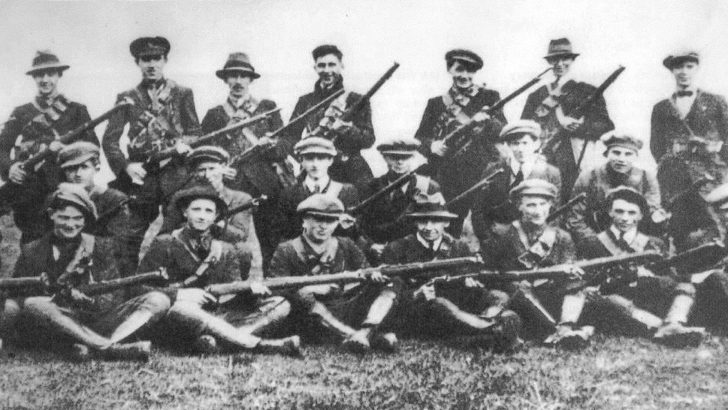State Papers: Echoes of the past from the archives
The value of these annual releases is not always to understand the immediate past, as so many journalists seem to think, but to cast light on obscure matters over the last two centuries.
People abroad often write directly to the government seeking information, often about relatives or other matters of simple history. These are passed on. But from time to time other things arouse the interest, it would seem of those, in the Taoiseach or the Department of Foreign Affairs.
One such was a request from a student politically well connected in Boston who wanted to know how many people were in the IRA at the end of the Troubles in 1921. This was not an irrelevant query, even an for Irish historian.
This question was passed by the Department to the Pensions Secretary of the Department of Defence.
They staff there ascertained that the total figure of 125,000 “was calculated by counting the number of persons shown on the Company Rolls and where more than one Roll was submitted for a company an average figure was taken”. This was the highest possible figure.
These figures were “high compared with Military Service certificate issued, viz. 18,000 at the number of Service Medals 1917-1923 Medals without bar issued, viz. 51,00 apparently”. These later figures were the subject of confirmation and witness statements.
Authority
The IRA Company Rolls were not contemporary, it seemed, but were compiled later and then submitted to the Referee during the period 1934-1937, some 15-years after the end of 1917-1921.
In writing back to the student Mr Francis Costello, the private Secretary of the Taoiseach sounded “a note of caution” on the authority of the Rolls. They included “sympathisers” who might never have seen “active service”.
(The Irish volunteers had stood at the outbreak of the war at 100,000 members. The break-away Republican group which forged the Easter Rising ran to about 10,000. It was said however that some 6,000 were active in the Rising and the later struggle.
To set these figures in perspective, on the eve of the Great War, the population of the island of Ireland was 3.14 million (census of 1911).
By the time the Troubles ended (with the death of Kevin O’Higgins in 1927) it was 2.97 million. It only began to rise in the mid-1960s. In contrast, the population of Dublin city and county rose over this period, but stood at 477,000 in 1911.
In rural Ireland generally the population fell until the 1960s when again figures began to rise. These put the membership of the IRA in 1921 into some sort of perspective.
In all, about 210,000 Irishmen served in the British forces during World War One. Since there was no conscription, about 140,000 of these joined during the war as volunteers. Some 35,000 Irish died.
Illnesses
In Ireland 20,057 people were reported as having died of influenza in 1918 and 1919 (the average annual rate for the preceding years of the war had stood at 1,179).
In addition, an increase in deaths caused by related illnesses, most notably pneumonia (from which over 3,300 died above what would usually have been expected), can be attributed to the epidemic. The file closes without further information on what Mr Costello made of the information he had received.
[National Archives file 2018/69/338; flu figures from History Ireland, vol. 17, issue 2, March/April 2009]



